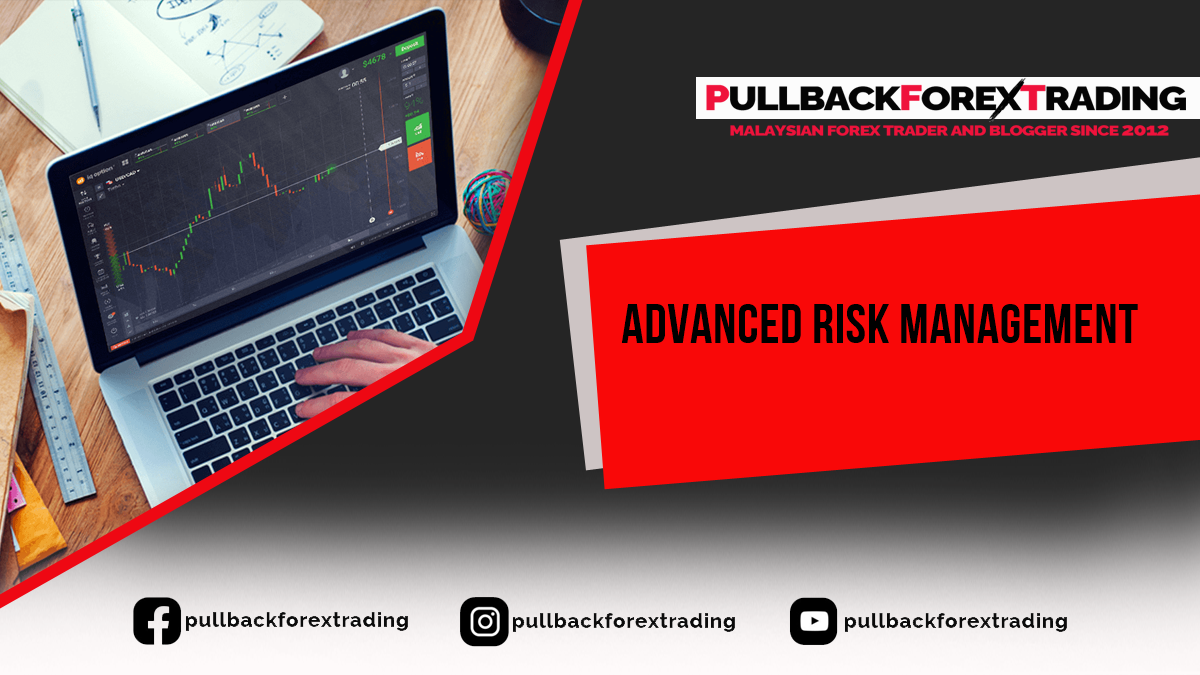
ADVANCED RISK MANAGEMENT STRATEGIES IN FOREX TRADING
Hedging: Using Hedging Strategies to Offset Potential Losses
Hedging is an advanced risk management strategy used to offset potential losses in forex trading. By opening positions in multiple markets or instruments, traders can protect their portfolios from adverse price movements.
Key Points:
- What is Hedging?: Hedging involves taking an opposite position in a related asset to reduce the risk of adverse price movements. For example, if you hold a long position in a currency pair, you might take a short position in a correlated currency pair to hedge your risk.
- Types of Hedging: Common hedging strategies include direct hedging (buying and selling the same currency pair simultaneously) and cross-hedging (using correlated currency pairs).
- Benefits of Hedging: Hedging can help stabilize returns and reduce the impact of market volatility on your portfolio.
Risk-Adjusted Returns: Evaluating Performance Using Risk-Adjusted Metrics
Evaluating performance using risk-adjusted metrics is essential for understanding the true profitability of your trading strategies. These metrics take into account the level of risk taken to achieve returns, providing a more accurate assessment of performance.
Key Points:
- Sharpe Ratio: The Sharpe ratio measures the return of an investment compared to its risk. A higher Sharpe ratio indicates better risk-adjusted performance.
- Sortino Ratio: The Sortino ratio is similar to the Sharpe ratio but focuses only on downside risk. It provides a clearer picture of how well an investment performs during periods of negative returns.
- Risk-Adjusted Return on Capital (RAROC): RAROC evaluates the return on capital considering the risk taken. It helps traders allocate capital more efficiently.
Scenario Analysis and Stress Testing: Assessing How Different Market Conditions Impact Your Portfolio
Scenario analysis and stress testing are techniques used to assess how different market conditions could impact your portfolio. These methods help traders identify vulnerabilities and prepare for adverse market events.
Key Points:
- Scenario Analysis: This involves creating hypothetical scenarios to see how your portfolio would perform under various conditions, such as economic downturns or market crashes.
- Stress Testing: Stress testing involves applying extreme but plausible market conditions to your portfolio to identify potential weaknesses.
- Benefits: These techniques help traders understand potential risks and make informed decisions to protect their portfolios.
Algorithmic and Automated Risk Management: Using Automated Tools to Manage Risk
Algorithmic and automated risk management tools leverage technology to manage risk more effectively. These tools can execute trades based on predefined criteria, monitor market conditions, and adjust positions automatically.
Key Points:
- Algorithmic Trading: Algorithmic trading uses computer algorithms to execute trades based on specific rules and conditions. This can help eliminate emotional trading and improve consistency.
- Automated Risk Management Systems: These systems monitor your portfolio and automatically adjust positions to manage risk. They can implement stop-loss orders, take-profit levels, and other risk management strategies.
- Benefits of Automation: Automated tools can react faster to market changes, ensuring that risk management strategies are implemented promptly and efficiently.
Conclusion
Advanced risk management strategies are crucial for protecting your capital and ensuring long-term success in forex trading. By using hedging strategies, evaluating performance with risk-adjusted metrics, conducting scenario analysis and stress testing, and leveraging algorithmic and automated tools, traders can manage risk more effectively. Incorporating these advanced techniques into your trading strategy will help you navigate the forex market with greater confidence and control.



